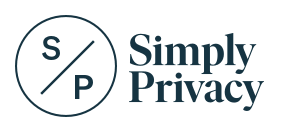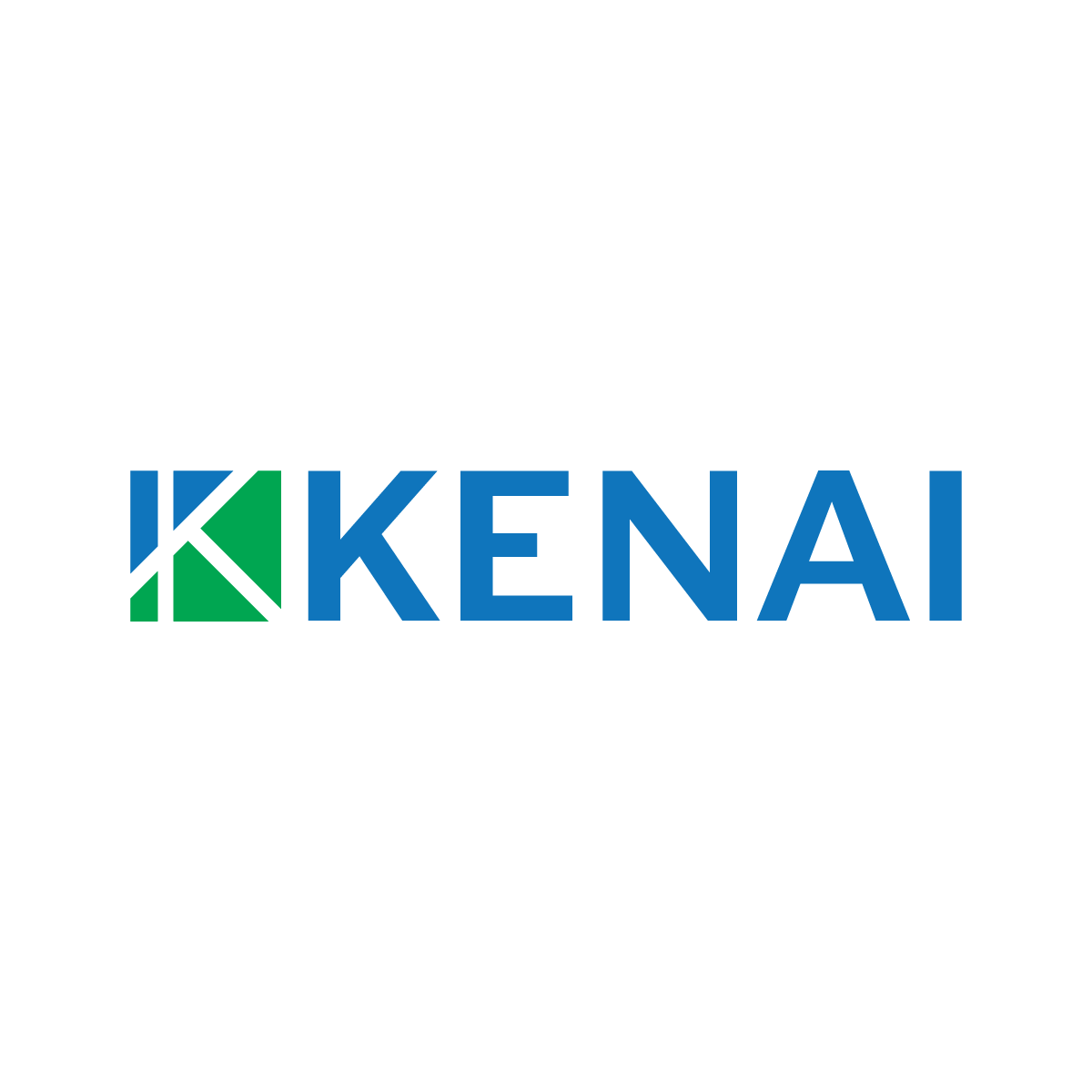We covered a lot of ground - so we invite you to get comfortable and hear our conversation in full on our podcast. But in this month's blog we are going to focus on three key concepts that we discussed.
Trust Equation
To prove to clients you are trustworthy, you need four key ingredients:
Trustworthiness = Credibility + Reliability + Intimacy
Self-orientation
1) Credibility
Questions to ponder around credibility are: How do you present yourself? What have you achieved? What qualifications, including industry qualifications and on the job courses, have you completed? What do your clients and peers say about you? Have you won any awards? Are you invited to speak at industry conferences?
Credibility comes with experience and exposure. Get people in the industry to vouch for you, and when you gather testimonials from leading influencers in the industry, share them widely - they are gold.
2) Reliability
What’s your track record? What facts do you have to back your claims? Do you deliver results? Does your software work? Does your team effectively and quickly respond to and fix faults? How many outages do you experience?
Never forget that technology is outcome based so successful and smooth delivery is key.
3) Intimacy
Stereotypically, technologists are painted as people who struggle with this element!
Intimacy is about rapport and realising that decisions are made in the limbic brain (the part that handles emotion and memory). Get to know what key decision makers are interested in, what they care about and what they want to achieve through technology. Neglect intimacy at your peril!
4) Self-orientation
If you have all the above factors under control, but it's obvious that you are only pushing the sale to achieve your KPIs and you don’t care about your client, then you can't expect them to trust you.
You need to be transparent with your clients about what’s in it for you and what’s in it for their organisation. Don’t push products or services that won’t genuinely have a positive impact for your client.
Another acronym: VUCA – Volatility, Uncertainty, Complexity & Ambiguity
This acronym is not new. In fact, the concept was coined by students at the US Army War college after the Cold War. It really took hold after the terrorist attacks of 9/11.
We know that technology is rapidly changing the way we do business and the way we lead, live, work and play. Let’s look at each part of VUCA and how it applies to technology in 2020.
V is for volatility and is interested in the characteristics and forces of change, the speed in which it takes place and the external factors that spark change.
Think of the speed of innovation in technology and how this is changing how we work, where we work and who can work. Thanks to cloud computing, social media and faster broadband, we have access to more and more information via more and more channels. This speed of change does however accentuate the digital divide - the gap between the privileged people and nations that have the right infrastructure in place, and those who can’t participate because they are politically, socially or economically disadvantaged.
How can we respond to volatility: be agile (see below).
U is for uncertainty and is concerned with the absence or struggle to predict events, the likelihood of surprises and shocks, and the degree to which we can be aware and understand issues and events.
Businesses can't safely assume that what worked in the past will work in the future. Experience and an understanding of past trends has a place in decision-making, of course, but it shouldn't be the only factor technologists and leaders lean on to shape their future technology strategies and policies.
Also, an awareness of what decision-makers don't know or lack clarity in, and a proactive approach to fill in these gaps is critical for today's businesses. Businesses that can embrace uncertainty and use it to think laterally and creatively will thrive.
How can we respond to uncertainty: effectively manage knowledge and information, bridge any knowledge or skill gaps that we become aware of, and have back-up plans. Review outcomes and impact regularly, carefully documenting what you see.
C is for complexity and looks at the diverse, multiple layers of influences, how issues are confused, and the fact that it is becoming increasingly difficult to find a clear cause and effect.
When it comes to technology, we need to understand the bigger picture to create a strategy that's holistic and considers the different variables that impact on whether it will succeed or fail.
How can we respond to complexity: have structures and policies in place around information, privacy and security, and where possible, have a single source of truth that we know we can depend on.
A is for ambiguity and this relates to reality becoming blurry, the potential for misinterpretation or miscommunication and the confusion around what causes issues to occur. Post-truth, anyone?
To manage ambiguity be strategic and open-minded. Have clear roadmaps for what you want to achieve with key milestones along the way. Be open-minded and realistic about the outcomes.
So, I need to be agile - but what does this actually mean?
When you go looking, you'll quickly see there are several ways to describe what it means to be agile - too many to touch on here.
The Agile Alliance defines being agile as:
“The ability to create and respond to change in order to succeed in an uncertain and turbulent environment.”
Paul also talked about how being agile is a mindset - it motivates and shapes your decisions, your culture and how you lead.
Being agile means that you can embrace change and uncertainty in a VUCA kind of world by:
- Adapting to the needs of the business and customer rather than sticking to an inflexible or outdated strategy.
- Listening to the different voices on the table - finance, business, executives and people working on the floor. Particularly, how will change impact them and how can you make the transition to new systems and new processes as smooth and successful as possible?
- Allowing space and freedom for creativity and innovation.
- Listening to the different voices on the table - finance, business, executives and people working on the floor. Particularly, how will change impact them and how can you make the transition to new systems and new processes as smooth and successful as possible?
































